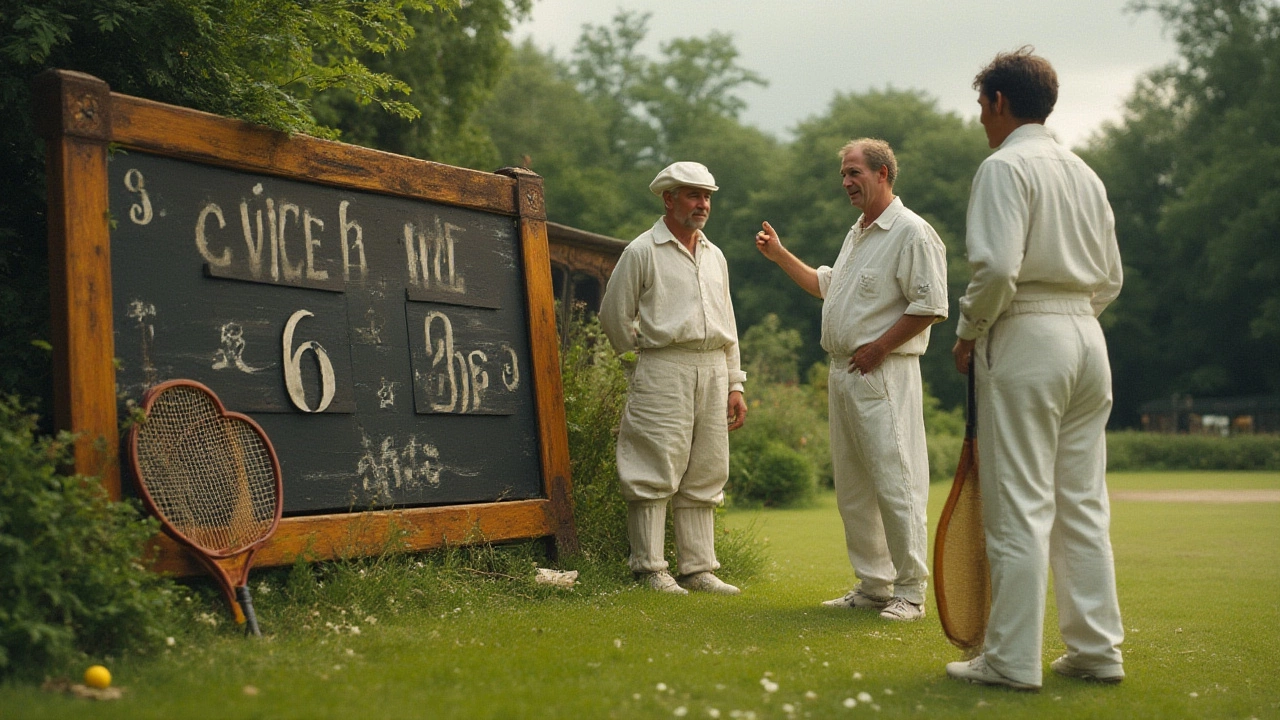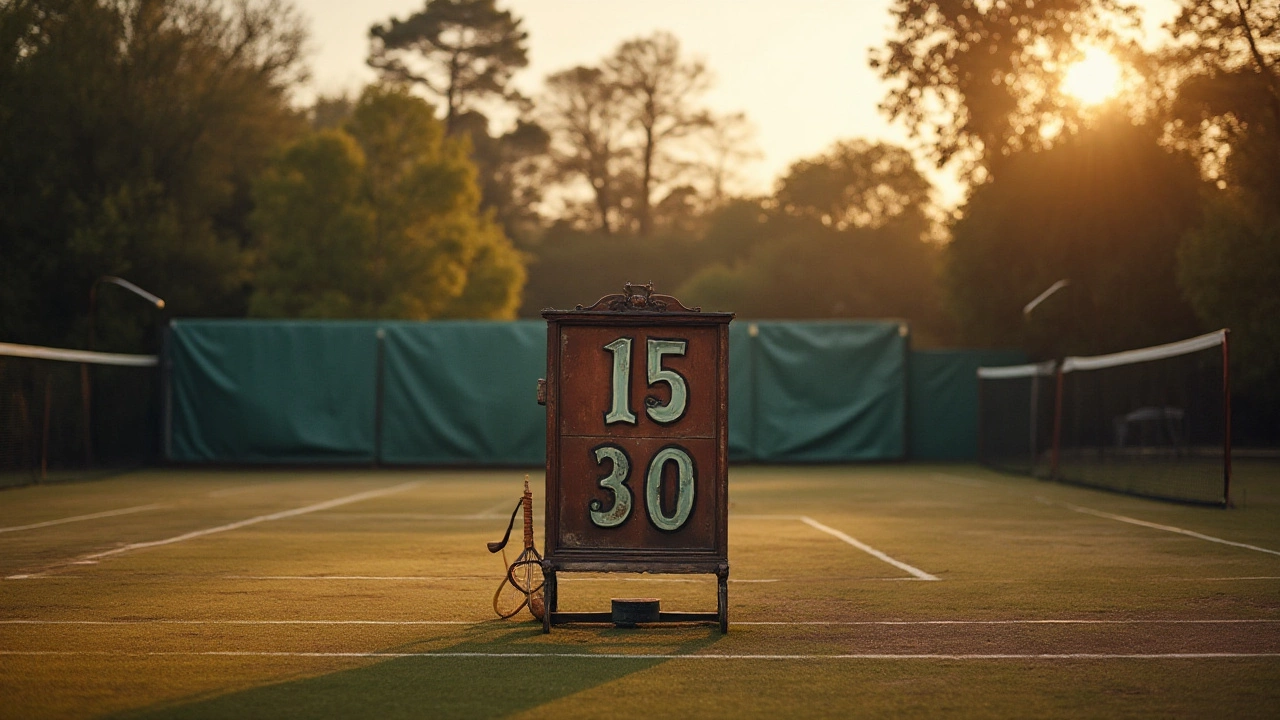
Tennis Scoring Explained: Points, Games, and Sets
If you’ve ever watched a match and wondered why the announcer keeps saying “love”, “deuce” and “advantage”, you’re not alone. The tennis scoring system looks odd at first, but once you break it down it’s pretty straightforward. Below you’ll find the essential bits you need to follow any match, whether you’re playing on a local court or watching the Grand Slam on TV.
From Love to Deuce: The Point System
Each rally starts with zero points, which in tennis is called “love”. The first point you win makes the score 15, the second 30, the third 40, and the fourth wins the game – as long as you’re ahead by at least two points. When both players reach 40‑40, the term “deuce” is used. From deuce you need two consecutive points: the first gives you “advantage”, and the next clinches the game. If you lose the advantage point, the score goes back to deuce.
Why 15, 30, 40? The exact origin is a bit fuzzy, but one theory says the French used a clock face (15, 30, 45) and later shortened 45 to 40 to make it easier to say. Whatever the story, the pattern stays the same across all levels of play.
Games, Sets, and Match Formats
A game is just one unit of scoring, but a match is made up of several games grouped into sets. Most professional men’s matches are best‑of‑five sets, while women’s and most other competitions are best‑of‑three. To win a set you must be ahead by two games, usually reaching six games first (6‑4, 6‑2, etc.). If the set reaches 6‑6, a tiebreak is played.
A tiebreak is a quick race to seven points, again needing a two‑point margin. The player who wins the tiebreak takes the set 7‑6. Some tournaments use a “super tiebreak” (first to 10 points) in place of a final set, especially in doubles.
Putting it together, a typical three‑set match might look like 6‑3, 4‑6, 7‑5. That tells you the winner took the first set 6‑3, lost the second 4‑6, and clinched the third 7‑5. No need to memorize long tables – just follow the flow of games and sets.
For beginners, the best way to get comfortable is to watch a match with the scores displayed and say each part out loud: “15‑love, 30‑15, 40‑30, game”. It trains your ear and makes the rhythm click.
When you play yourself, keep a simple score sheet: write the game number, mark who won each point, and note when you reach deuce or advantage. It may feel clunky at first, but it helps you spot patterns in your play.
One common mistake is assuming the server always has an advantage. In reality, the server just starts the point; the rally’s outcome depends on who controls the shot. Focus on consistency rather than the score label.
Finally, remember that the scoring system is designed to keep matches exciting. The need for a two‑point lead at deuce and the tiebreak keeps tension high. Embrace the drama – it’s part of what makes tennis fun to watch and play.
Now you’ve got the basics down. Next time you hear “love‑15” or see a 7‑6 set, you’ll know exactly what’s happening and why the crowd reacts the way it does. Enjoy the game!

